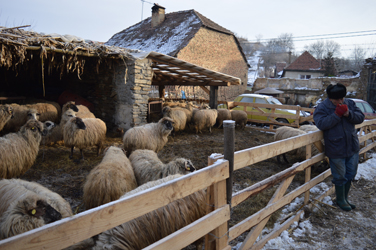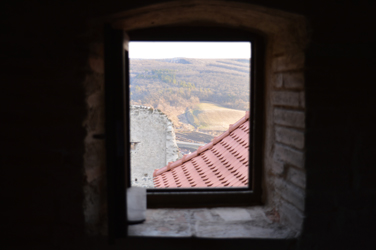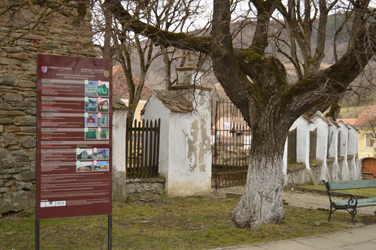Fieldwork in Romania


 I am currently conducting fieldwork in the Saxon villages of Transylvania, Romania. The villages were stricken by the mass emigration of their ethnically German population after Romania’s 1989 revolution, with the subsequent dynamic of repopulation (primarily by Romanians and Roma) being shaped by the harsh political-economic conditions of postsocialism.
I am currently conducting fieldwork in the Saxon villages of Transylvania, Romania. The villages were stricken by the mass emigration of their ethnically German population after Romania’s 1989 revolution, with the subsequent dynamic of repopulation (primarily by Romanians and Roma) being shaped by the harsh political-economic conditions of postsocialism.
Accession to the EU in 2007, and the associated designations of this particular region as a site of “High Nature Value” under the EU’s Common Agricultural Policy, have opened new opportunities for the funding of development and conservation projects. This, in combination with the postsocialist processes of privatisation, has contributed to a situation marked by strong disparities between social positions and privileges, and between the perceived opportunity to build a brilliant new life and the sorrows and frustrations of negotiating a socially, bureaucratically and naturally unpredictable world.
My research is investigating the dynamics of human, natural and material agency in this milieu, as well as the meanings and affective investments in transformational “work” within and upon such an environment of unpredictability. The photographs displayed here are snapshots of some of the different ways in which EU-era opportunities are being channeled and controlled.
From top right:
A man stops to light a cigarette after feeding a relative’s sheep. The sheep fold has been built in the remains of an old Saxon house and yard that burned down in the early 2000s. Many people have taken advantage of sheep-farming subsidies to expand their participation in the locally valued activity.
The view out of a window of the medieval castle at Rupea. The castle was recently renovated through an EU-funded project, including substantial re-mortaring of the walls, the construction of new terracotta roofs, and the fitting of glass windows and tiled interiors to rooms.
A board displaying the Romanian Ministry of Culture’s regulations for the protection of architectural heritage, standing in front of a fortified Saxon Evangelical church. The positive (“DA”) and negative (“NU!”) photographic examples given on the board are all taken from the surrounding village.
